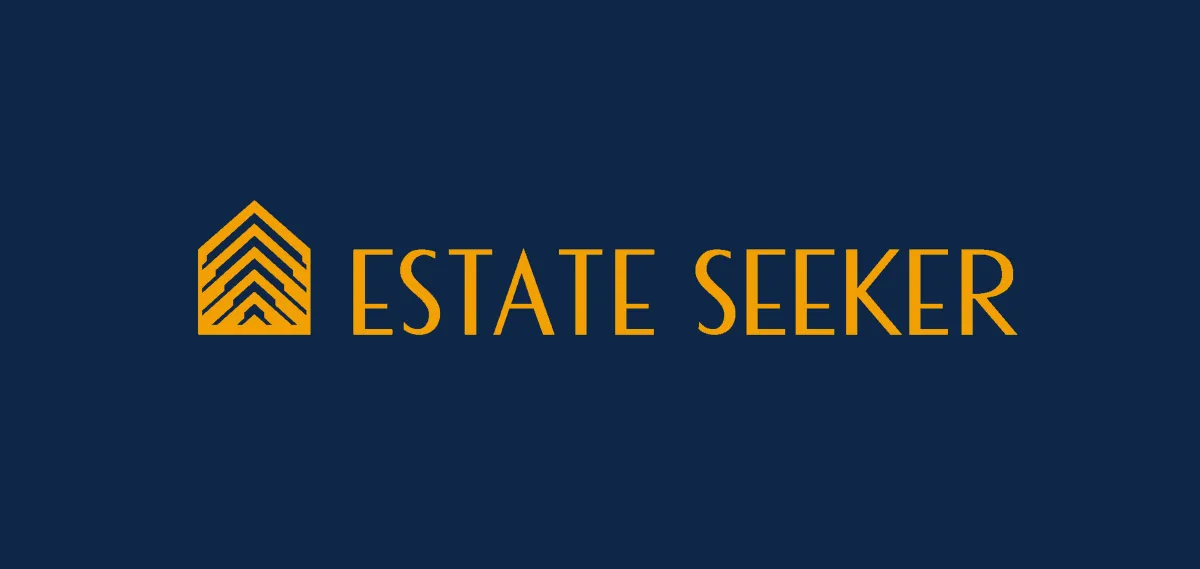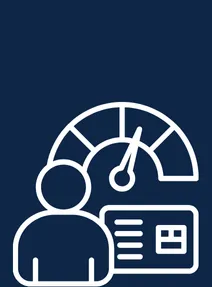Interest-Only Loan (IO)
Interest Only
Loan (IO)
How Does an Interest Only Loan Work?
In a standard home loan (Principal & Interest), your repayments go toward:
Principal – the amount you borrow
Interest – the cost charged by the lender on that amount
With an Interest Only (IO) loan, you only pay the interest portion for a fixed period
(usually 1–5 years), and don’t reduce your loan balance (principal) during that time.
But with an Interest Only loan, during the IO period, you only pay:
The interest,
And none of the principal.
That means your repayments are lower upfront, but the loan amount stays the same
until the interest-only period ends.
Where Are IO Loans Commonly Used?
Most lenders offer interest only repayments on investment loans
Not commonly offered for owner-occupied homes
IO periods longer than 5 years are rare in today’s lending environment
Example:
If you borrow $600,000 at 6% interest, your monthly repayment during the IO period
would be:
$3,000/month — just covering interest
No reduction in loan balance
Once the IO term ends, you’ll start paying Principal & Interest, and your repayments will
increase significantly to pay off the loan in the remaining time.
Pros of Interest Only Loans
Lower repayments at the start – good for short-term cash flow
Popular with property investors for managing rental income and tax deductions
Flexibility to invest elsewhere or renovate
Helpful for financial planning, especially if you plan to sell or refinance soon
Things to Consider (IO Loan Risks)
Loan doesn’t reduce during IO period
More expensive overall — you pay more interest in the long run
Higher repayments later when principal payments begin
Must have a clear strategy to repay the principal after the IO term
Why Are IO Rates Usually Higher?
Lenders often charge higher interest rates on Interest Only loans compared to standard
Principal & Interest (P&I) loans—because there’s more risk for the lender.
IO loans don’t build equity during the interest-only period, so banks treat them more
cautiously.
Is an IO Loan Right for You?
An Interest Only loan may be suitable if you:
Are a property investor focused on cash flow
Have a plan to sell, refinance, or pay down the loan before or after the IO period
Want short-term flexibility for a renovation or other financial goal
It’s not ideal if:
You’re buying a home to live in long-term
You don’t have a repayment plan after the IO period
You’re sensitive to interest rate changes or future repayment increases
An Interest-Only home loan can be a smart short-term strategy—but it’s not for
everyone. It offers flexibility, lower initial repayments, and potential tax benefits,
especially for investors. But it also comes with higher long-term costs and increased
financial pressure once the IO term ends.
Make sure you understand the risks, have a clear exit strategy, and speak with a
mortgage broker to explore what works best for your situation.
Ready to Learn More About Home Loans?
Explore more helpful guides on loan types, borrowing tips, and property strategies in
our
Knowledge = Power — and we’re here to help you make smart, confident home-buying
decisions.
How Does an Interest Only Loan Work?
In a standard home loan (Principal & Interest), your repayments go toward:
Principal – the amount you borrow
Interest – the cost charged by the lender on that amount
With an Interest Only (IO) loan, you only pay the interest portion for a fixed period
(usually 1–5 years), and don’t reduce your loan balance (principal) during that time.
But with an Interest Only loan, during the IO period, you only pay:
The interest,
And none of the principal.
That means your repayments are lower upfront, but the loan amount stays the same until the interest-only period ends.
Where Are IO Loans Commonly Used?
Most lenders offer interest only repayments on investment loans
Not commonly offered for owner-occupied homes
IO periods longer than 5 years are rare in today’s lending environment
Example:
If you borrow $600,000 at 6% interest, your monthly repayment during the IO period
would be:
$3,000/month — just covering interest
No reduction in loan balance
Once the IO term ends, you’ll start paying Principal & Interest, and your repayments will increase significantly to pay off the loan in the remaining time.
Pros of Interest Only Loans
Lower repayments at the start – good for short-term cash flow
Popular with property investors for managing rental income and tax deductions
Flexibility to invest elsewhere or renovate
Helpful for financial planning, especially if you plan to sell or refinance soon
Things to Consider (IO Loan Risks)
Loan doesn’t reduce during IO period
More expensive overall — you pay more interest in the long run
Higher repayments later when principal payments begin
Must have a clear strategy to repay the principal after the IO term
Why Are IO Rates Usually Higher?
Lenders often charge higher interest rates on Interest Only loans compared to standard Principal & Interest (P&I) loans—because there’s more risk for the lender.
IO loans don’t build equity during the interest-only period, so banks treat them more cautiously.
Is an IO Loan Right for You?
An Interest Only loan may be suitable if you:
Are a property investor focused on cash flow
Have a plan to sell, refinance, or pay down the loan before or after the IO period
Want short-term flexibility for a renovation or other financial goal
It’s not ideal if:
You’re buying a home to live in long-term
You don’t have a repayment plan after the IO period
You’re sensitive to interest rate changes or future repayment increases
An Interest-Only home loan can be a smart short-term strategy—but it’s not for
everyone. It offers flexibility, lower initial repayments, and potential tax benefits,
especially for investors. But it also comes with higher long-term costs and increased
financial pressure once the IO term ends.
Make sure you understand the risks, have a clear exit strategy, and speak with a
mortgage broker to explore what works best for your situation.
Ready to Learn More About Home Loans?
Explore more helpful guides on loan types, borrowing tips, and property strategies in
our
Knowledge = Power — and we’re here to help you make smart, confident home-buying decisions.
Related Topics
Variable rates can go up or down at any time — meaning your mortgage costs change, too. Here’s how they work, the pros and cons, and when they might actually save you money.
Worried rates might rise before settlement? A rate lock can freeze your interest rate, giving you certainty (and peace of mind) while you wait.
Locking in your rate can protect you from future rises — but it comes with trade-offs. Learn when a fixed loan makes sense and when flexibility is worth more.
Understand how lenders determine your borrowing power and what factors impact loan approval. Learn how to improve your eligibility and maximise your home loan options.
Discover the five key factors lenders evaluate when assessing loan applications and learn how each plays a role in securing mortgage approval.
A high LVR could mean extra costs, while a low LVR can save you thousands. Find out why lenders care so much about this number.
Related Topics
Variable rates can go up or down at any time — meaning your mortgage costs change, too. Here’s how they work, the pros and cons, and when they might actually save you money.
Worried rates might rise before settlement? A rate lock can freeze your interest rate, giving you certainty (and peace of mind) while you wait.
Locking in your rate can protect you from future rises — but it comes with trade-offs. Learn when a fixed loan makes sense and when flexibility is worth more.
Understand how lenders determine your borrowing power and what factors impact loan approval. Learn how to improve your eligibility and maximise your home loan options.
Discover the five key factors lenders evaluate when assessing loan applications and learn how each plays a role in securing mortgage approval.
A high LVR could mean extra costs, while a low LVR can save you thousands. Find out why lenders care so much about this number.
© 2025 Estate Seeker.com.au - All Rights Reserved. Content on this site is for educational purposes only.
Always consult with a professional before making any investment decisions.









